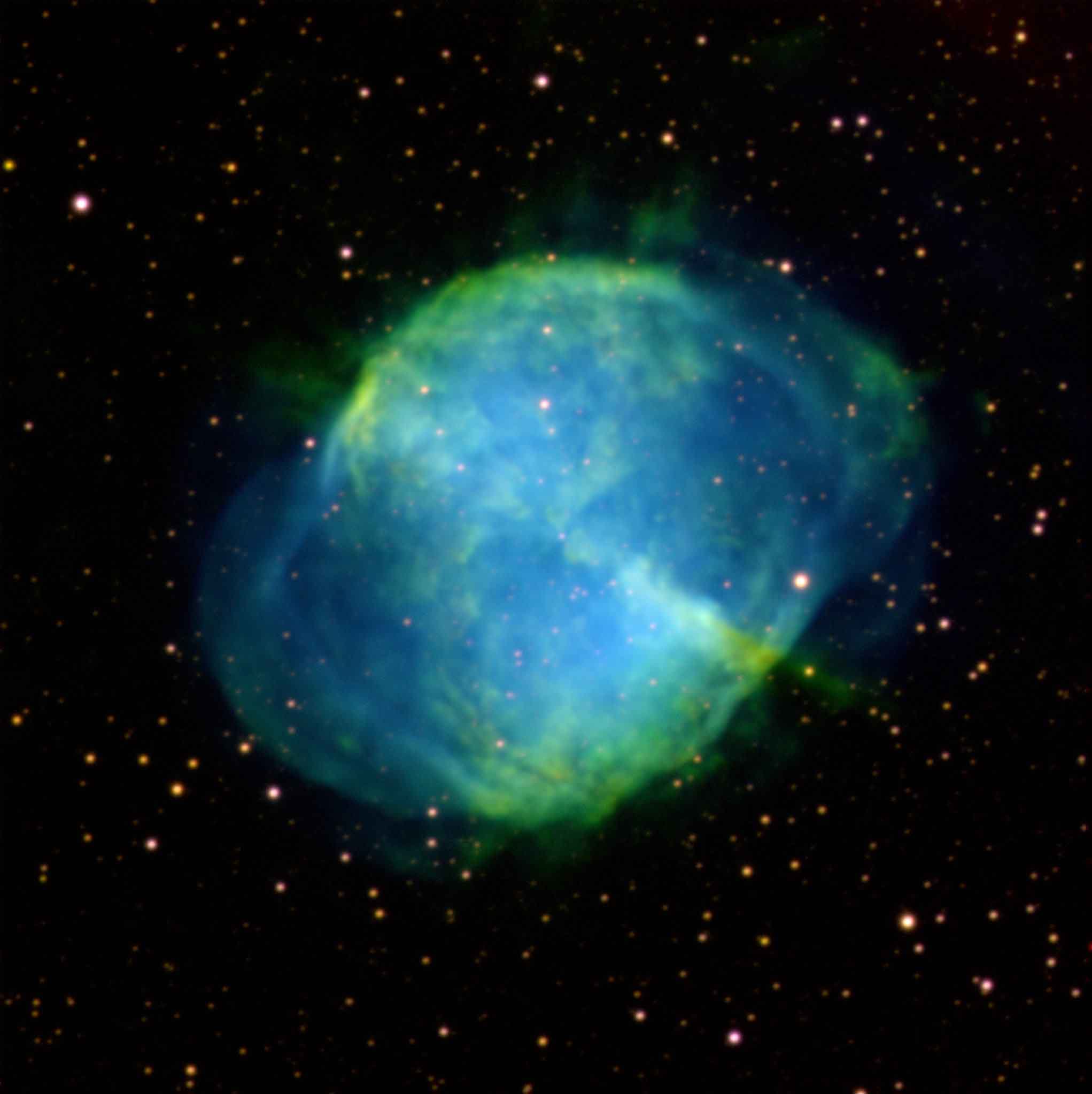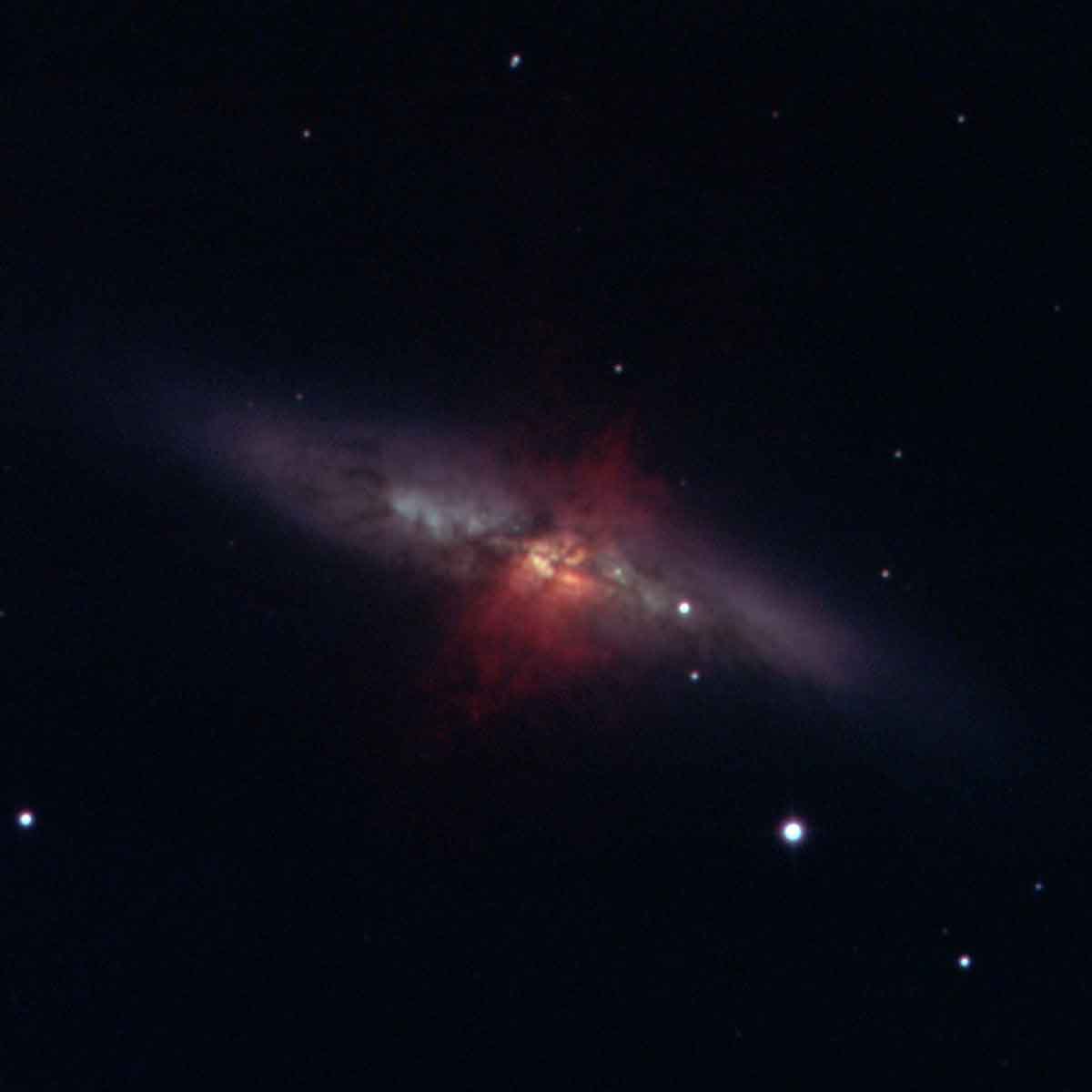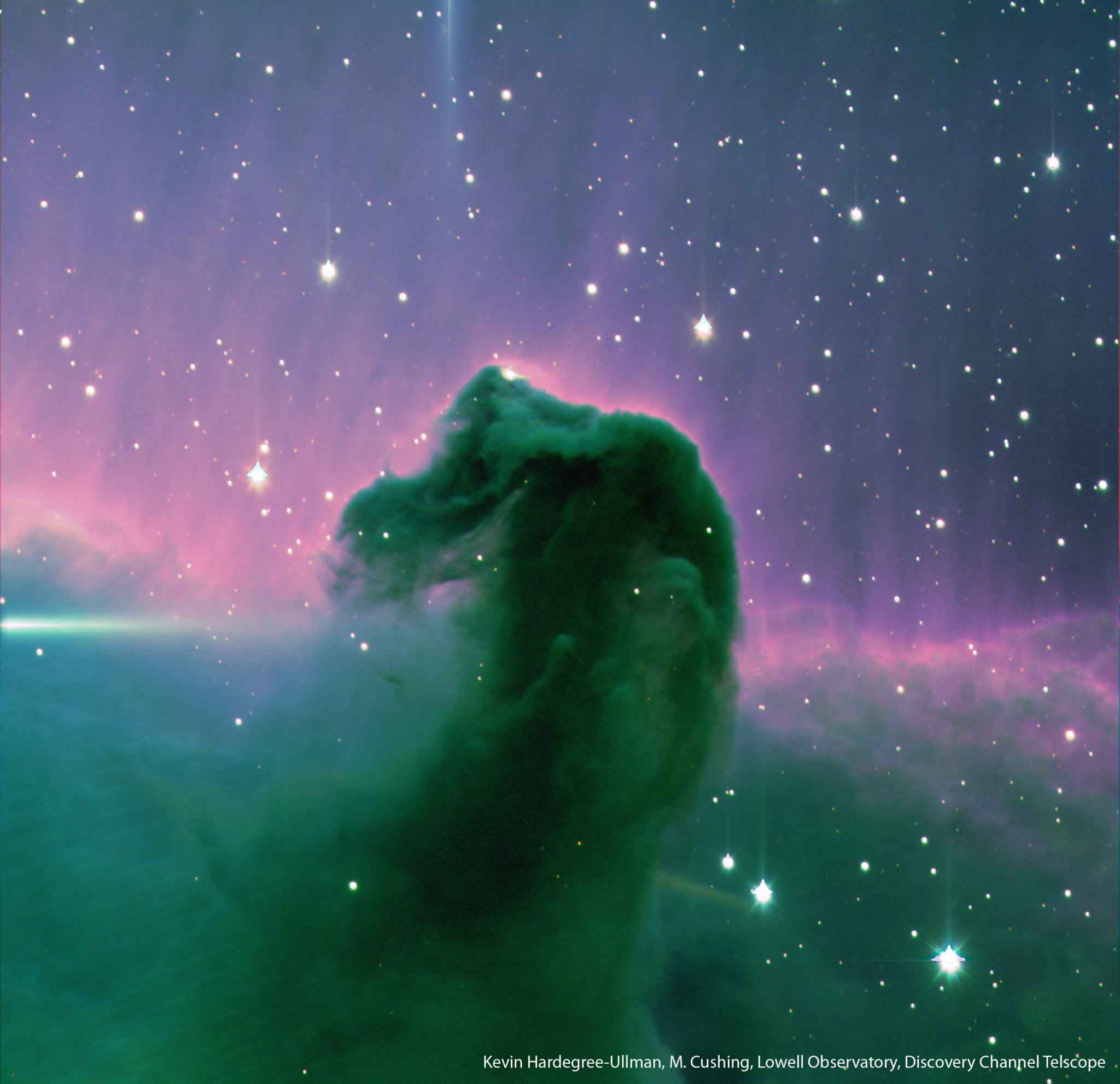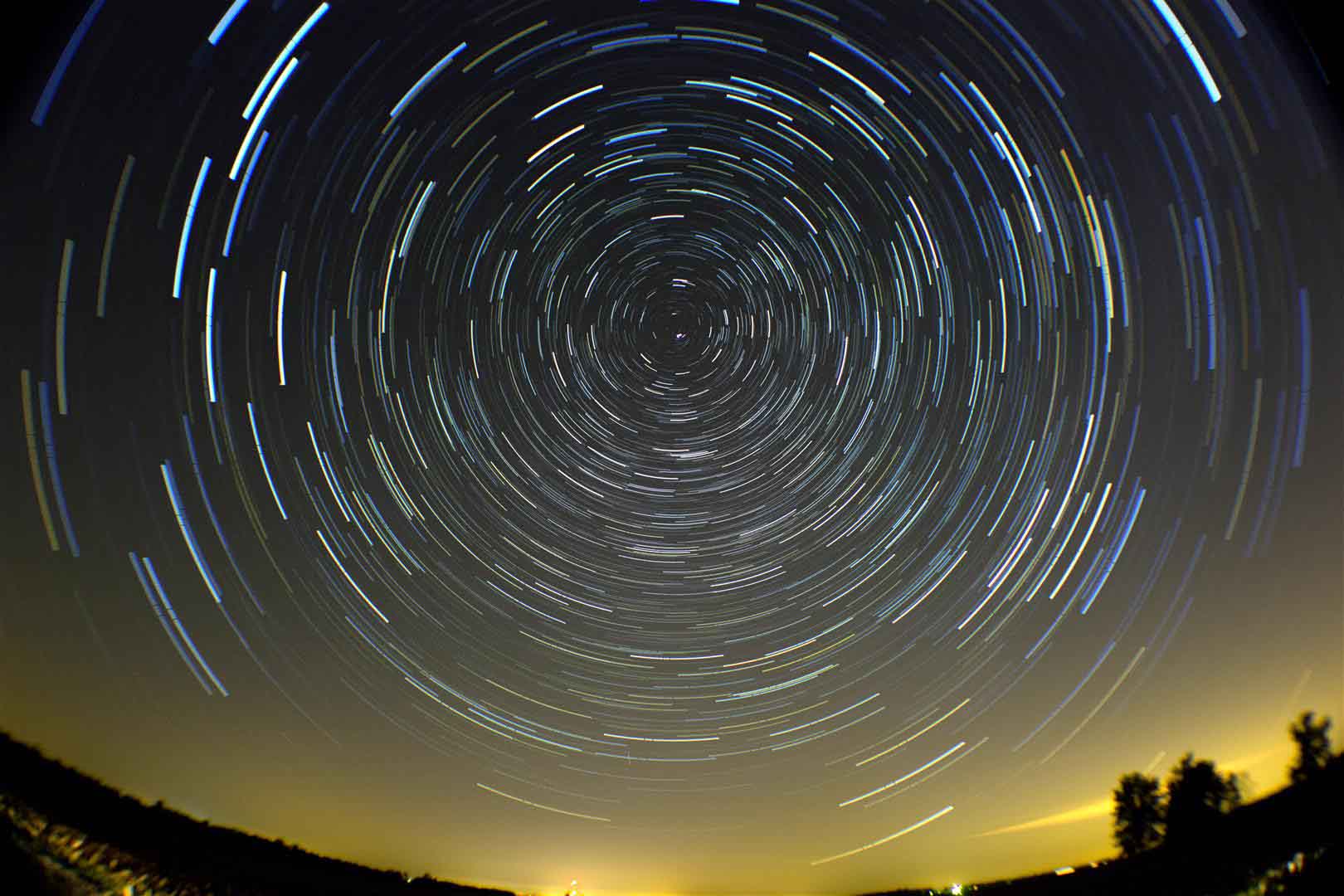
I study exoplanets, cool stars, and brown dwarfs. When not working, I am playing with my energetic toddler and two dogs.

I am assessing the capabilities of extremely large telescopes (GMT, TMT, ELT) to detect biosignatures with Dr. Dániel Apai.

I completed my Ph.D. in Physics in 2018. I conducted exoplanet and brown dwarf research with Dr. Michael Cushing.
 Number of stars uniformly classified: 513,905
Number of stars uniformly classified: 513,905 
 Bioverse: GMT and ELT Direct Imaging and High-Resolution Spectroscopy Assessment – Surveying Exo-Earth O2 and Testing the Habitable Zone Oxygen Hypothesis
Bioverse: GMT and ELT Direct Imaging and High-Resolution Spectroscopy Assessment – Surveying Exo-Earth O2 and Testing the Habitable Zone Oxygen Hypothesis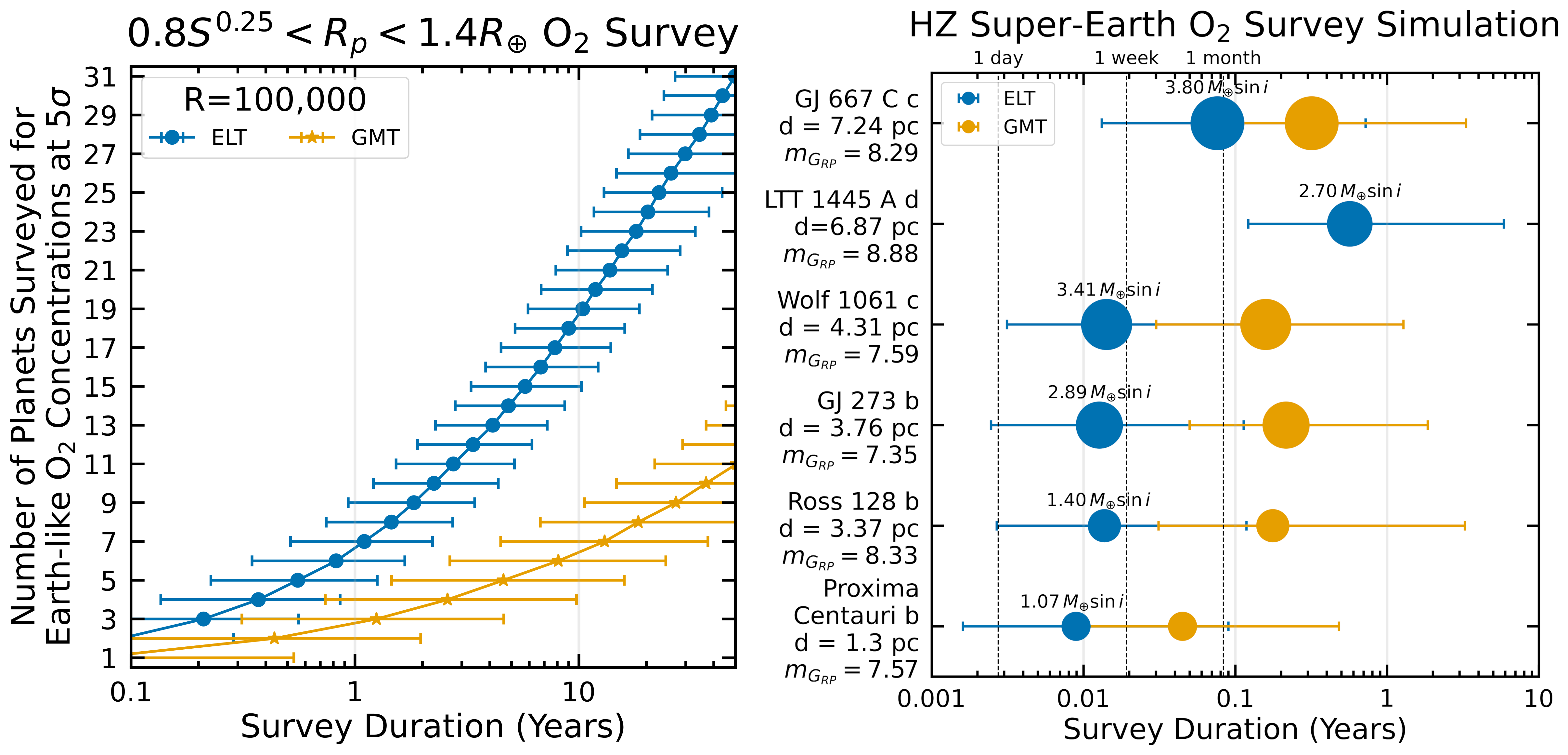

 Bioverse: A Comprehensive Assessment of the Capabilities of Extremely Large Telescopes to Probe Earth-like O2 Levels in Nearby Transiting Habitable-zone Exoplanets
Bioverse: A Comprehensive Assessment of the Capabilities of Extremely Large Telescopes to Probe Earth-like O2 Levels in Nearby Transiting Habitable-zone Exoplanets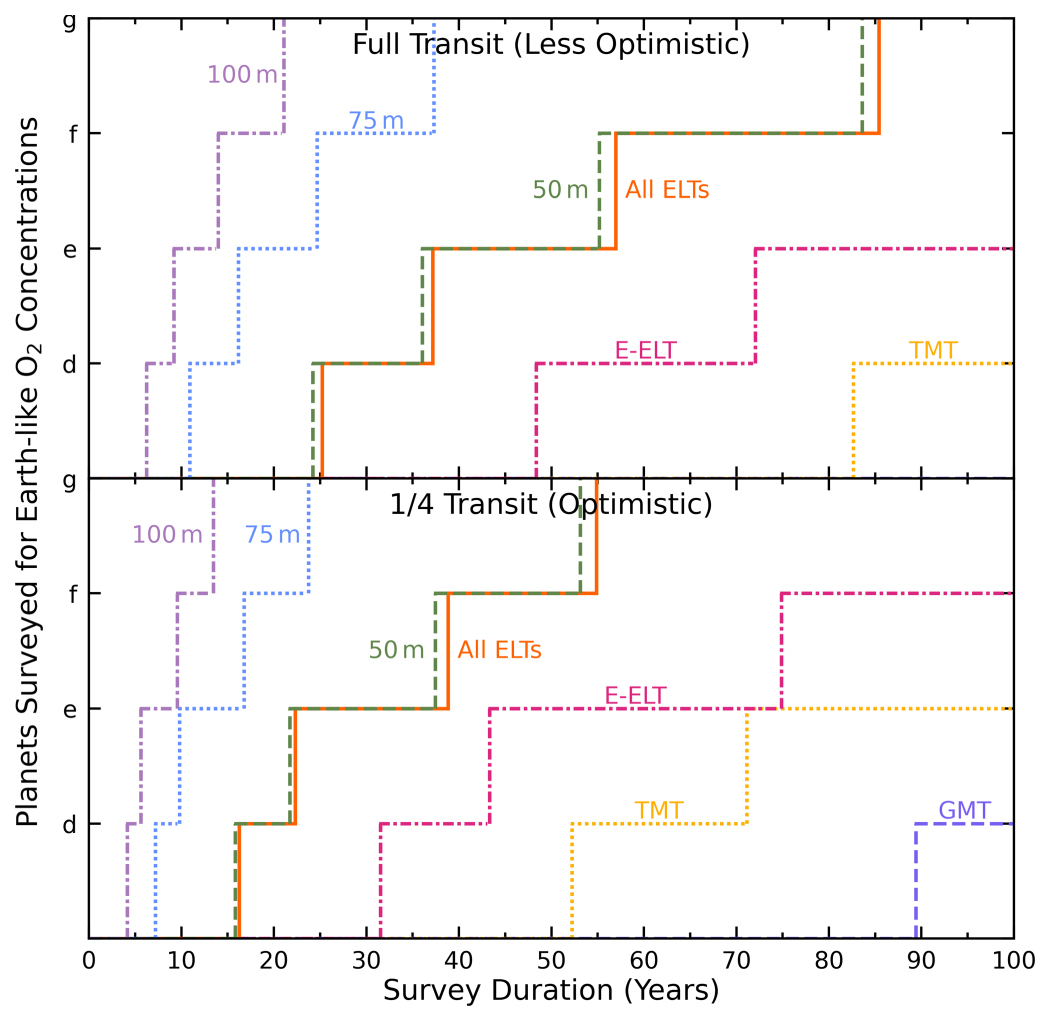
 K2-138 g: Spitzer Spots a Sixth Planet for the
Citizen Science System
K2-138 g: Spitzer Spots a Sixth Planet for the
Citizen Science System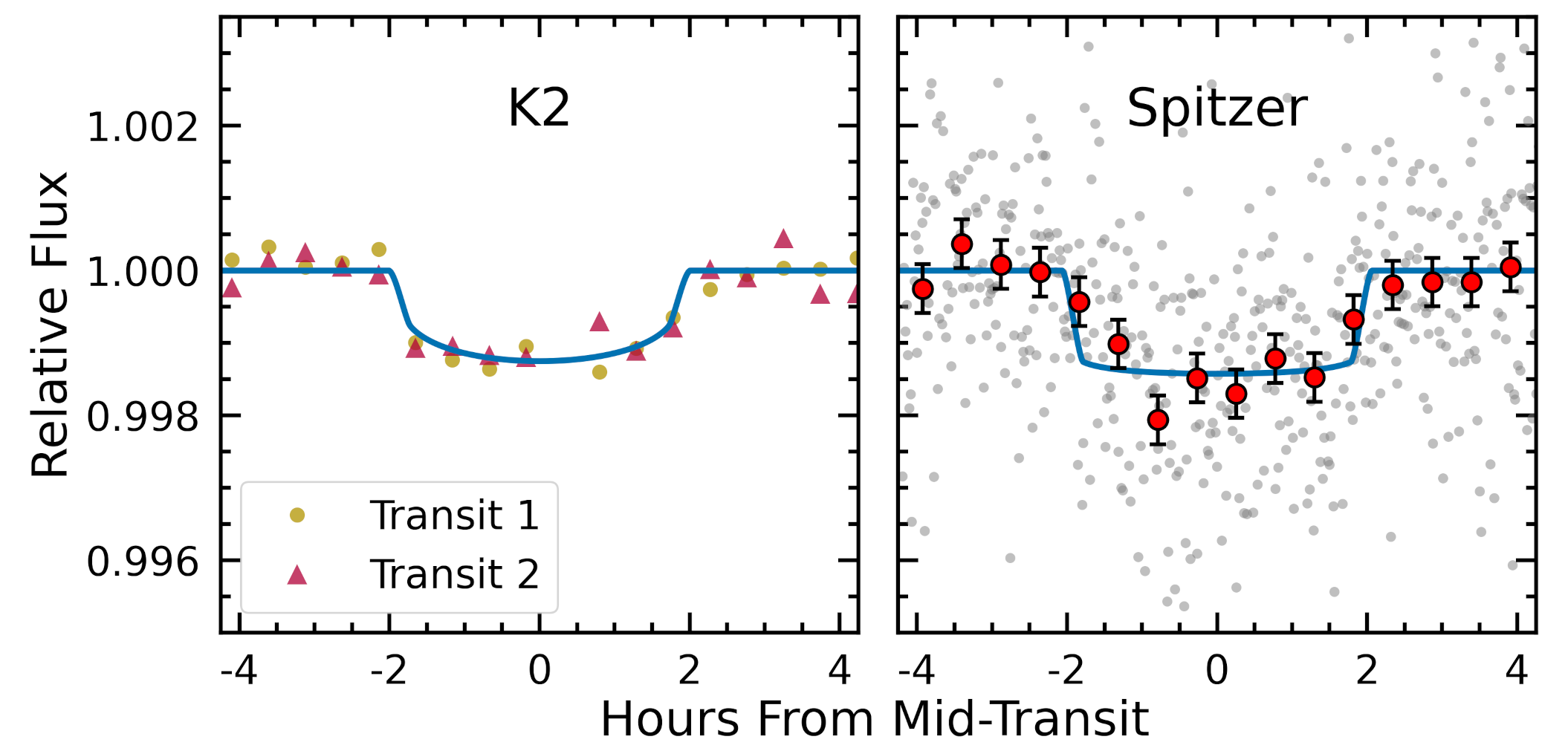

 Scaling K2. I. Revised Parameters for
222,088 K2 Stars and a K2 Planet Radius Valley at 1.9
R⊕
Scaling K2. I. Revised Parameters for
222,088 K2 Stars and a K2 Planet Radius Valley at 1.9
R⊕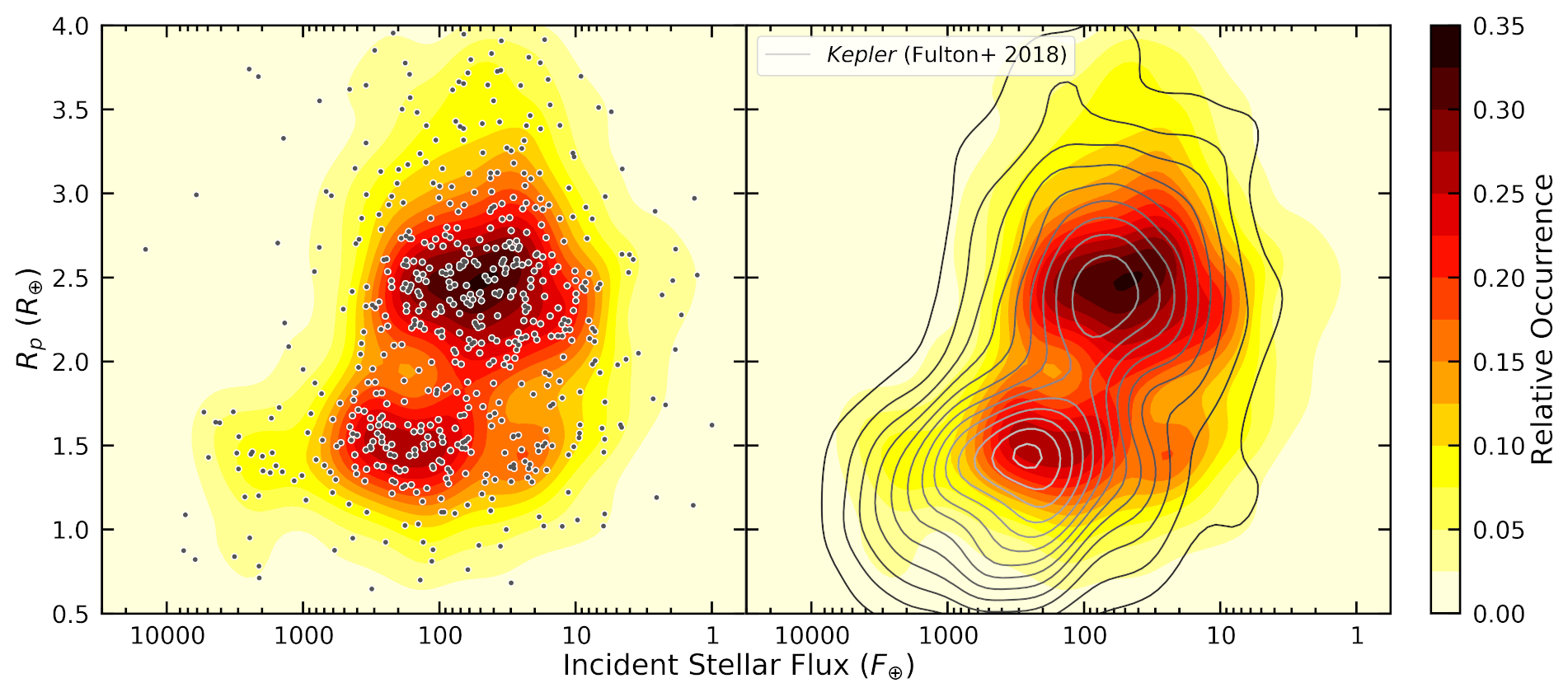

 Kepler Planet Occurrence Rates for
Mid-type M Dwarfs as a Function of Spectral Type
Kepler Planet Occurrence Rates for
Mid-type M Dwarfs as a Function of Spectral Type
 Catalog of New K2 Exoplanet
Candidates from Citizen Scientists
Catalog of New K2 Exoplanet
Candidates from Citizen Scientists| Common Name | Distance (Light years) |
Spectral Type | Diameter Relative to Sun (inches) |
Diameter Relative to Sun (cm) |
Approximate Color | x (inches) | y (inches) | z (inches) | x (cm) | y (cm) | z (cm) |
|---|---|---|---|---|---|---|---|---|---|---|---|
| Sun | 0.00 | G2V | 1.00 | 2.54 | #FFF5F2 | 5.75 | 5.75 | 5.75 | 14.5 | 14.5 | 14.5 |
| Proxima Centauri | 4.24 | M5.5V | 0.15 | 0.39 | #FFCC6F | 4.75 | 5 | 8 | 12 | 12.5 | 20.5 |
| Alpha Centauri A | 4.37 | G2V | 1.22 | 3.11 | #FFF5F2 | ||||||
| Alpha Centauri B | 4.37 | K1V | 0.86 | 2.19 | #FFEEDD | ||||||
| Barnard’s Star | 5.96 | M4V | 0.20 | 0.50 | #FFC97F | 5.75 | 2.25 | 5.5 | 14.5 | 5.5 | 14 |
| Luhman 16 A | 6.50 | L8 | 0.11 | 0.28 | #FF6060 | 3.5 | 6.5 | 8.75 | 9 | 16.5 | 22 |
| Luhman 16 B | 6.50 | T1 | 0.11 | 0.28 | #FF4080 | ||||||
| WISE 0855-0714 | 7.26 | Y2 | 0.11 | 0.28 | #9366B4 | 3 | 8.75 | 6.25 | 7.5 | 22 | 16 |
| Wolf 359 | 7.86 | M6 | 0.16 | 0.41 | #FFC370 | 1.5 | 7 | 5.25 | 4 | 18 | 13.5 |
| Lalande 21185 | 8.31 | M2 | 0.39 | 1.00 | #FFC483 | 2 | 6.75 | 3 | 5 | 17 | 7.5 |
| Sirius A | 8.66 | A1 | 1.71 | 4.35 | #B5C7FF | 4.75 | 10.5 | 7.25 | 12 | 26.5 | 18.5 |
| Sirius B | 8.66 | DA2 | 0.01 | 0.02 | #A8BDFF | ||||||
| Luyten 726-8 A | 8.79 | M5.5V | 0.14 | 0.36 | #FFCC6F | 10 | 7.75 | 7.25 | 25.5 | 19.5 | 18.5 |
| Luyten 726-8 B | 8.79 | M6V | 0.14 | 0.36 | #FFC370 | ||||||
| Ross 154 | 9.70 | M3.5V | 0.24 | 0.61 | #FFCE81 | 6.75 | 0.75 | 8 | 17 | 2 | 20.5 |
This is a collection of astronomical images I've taken recently at Ritter Observatory, the Lowell Discovery Telescope, and other areas of Arizona and Ohio. Please contact me if you want a full-resolution version or if you would like to use any of these images for any purpose.



